Database Report: Normalization, ERD, and Database Design
VerifiedAdded on 2020/05/16
|6
|347
|67
Report
AI Summary
This report delves into the core concepts of database design, specifically focusing on normalization, Entity-Relationship Diagrams (ERDs), and implementation. The report begins by outlining the process of normalization, detailing the steps involved in achieving First, Second, and Third Normal Forms. It then progresses to the creation and understanding of an ERD, providing a visual representation of the database structure and relationships between entities. Finally, the report touches on the practical aspects of database implementation, showcasing the transition from conceptual design to a functional database. References from Elmasri, Navathe (2011) and Carlo Zaniolo (1982) are included, providing a foundation for the presented information. This report serves as a valuable resource for students studying database systems, offering insights into essential aspects of database design and management.
1 out of 6
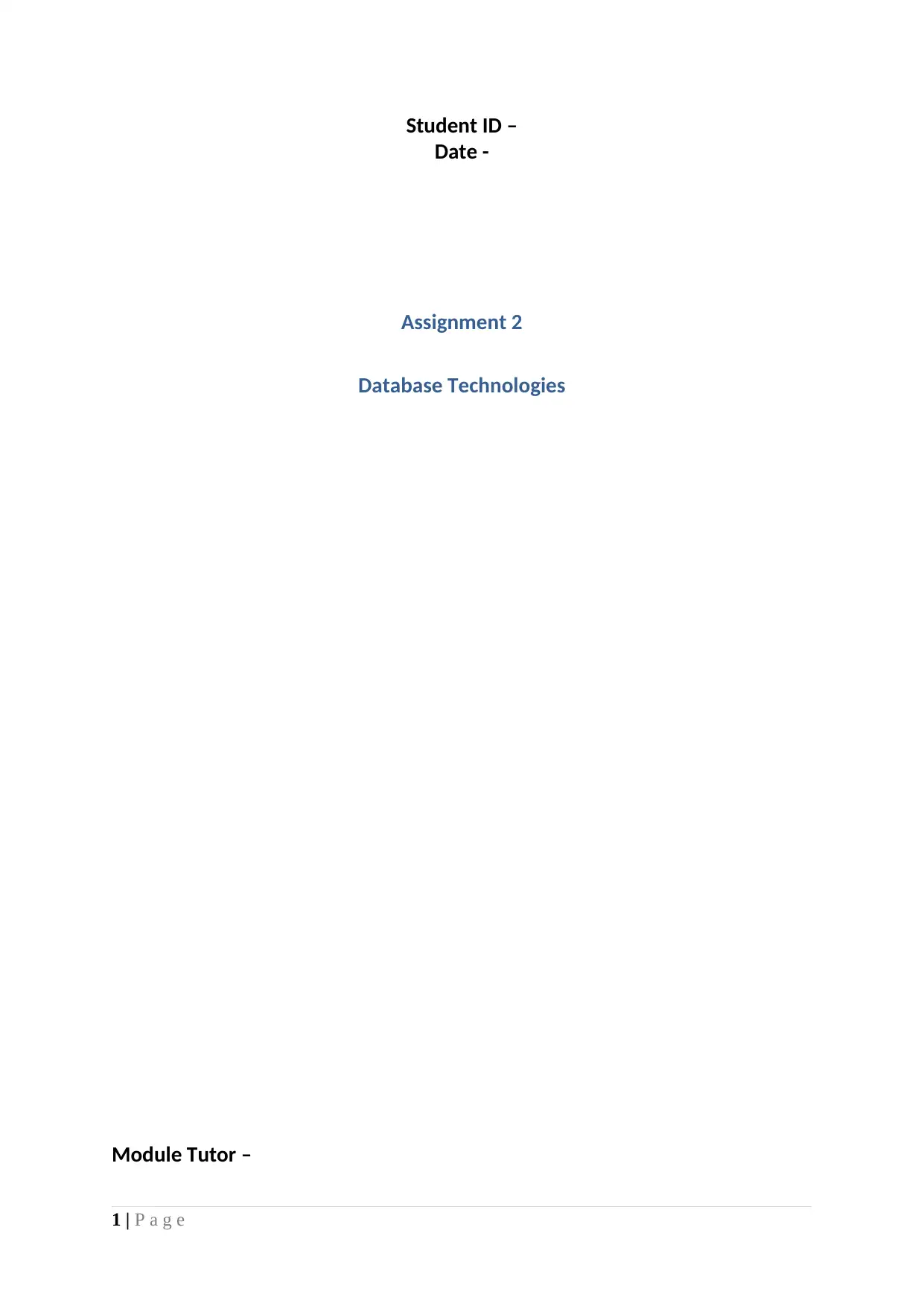
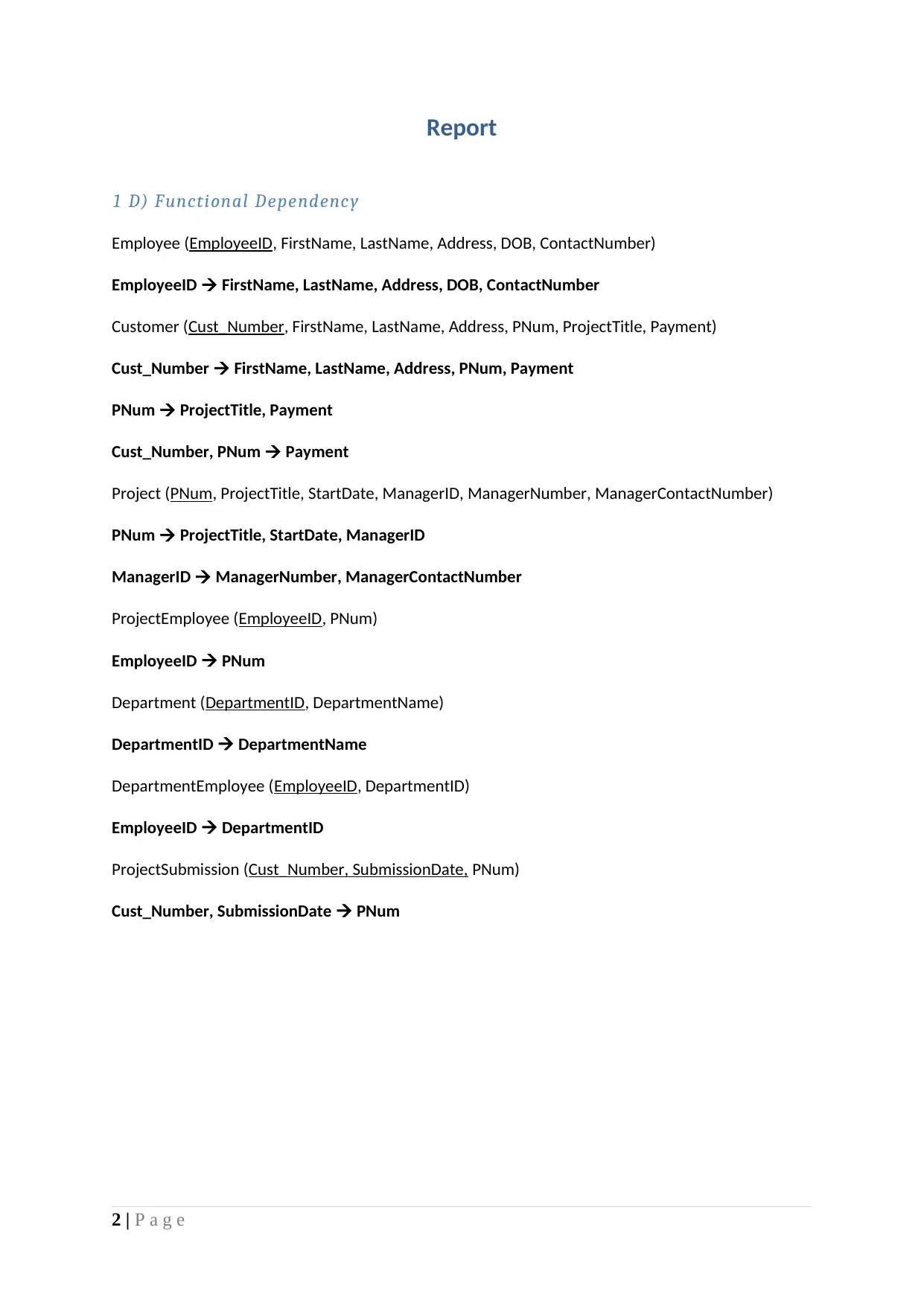
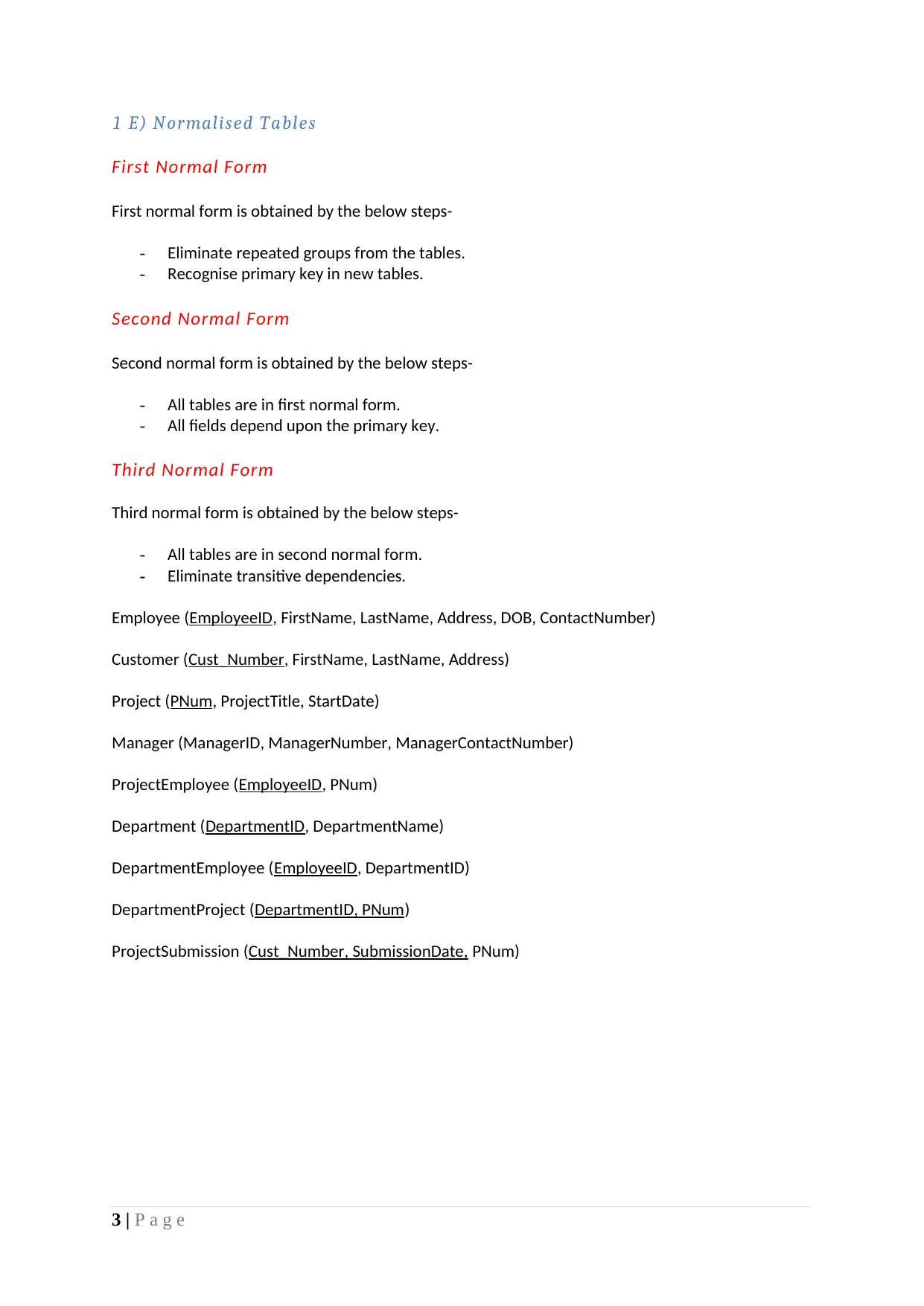

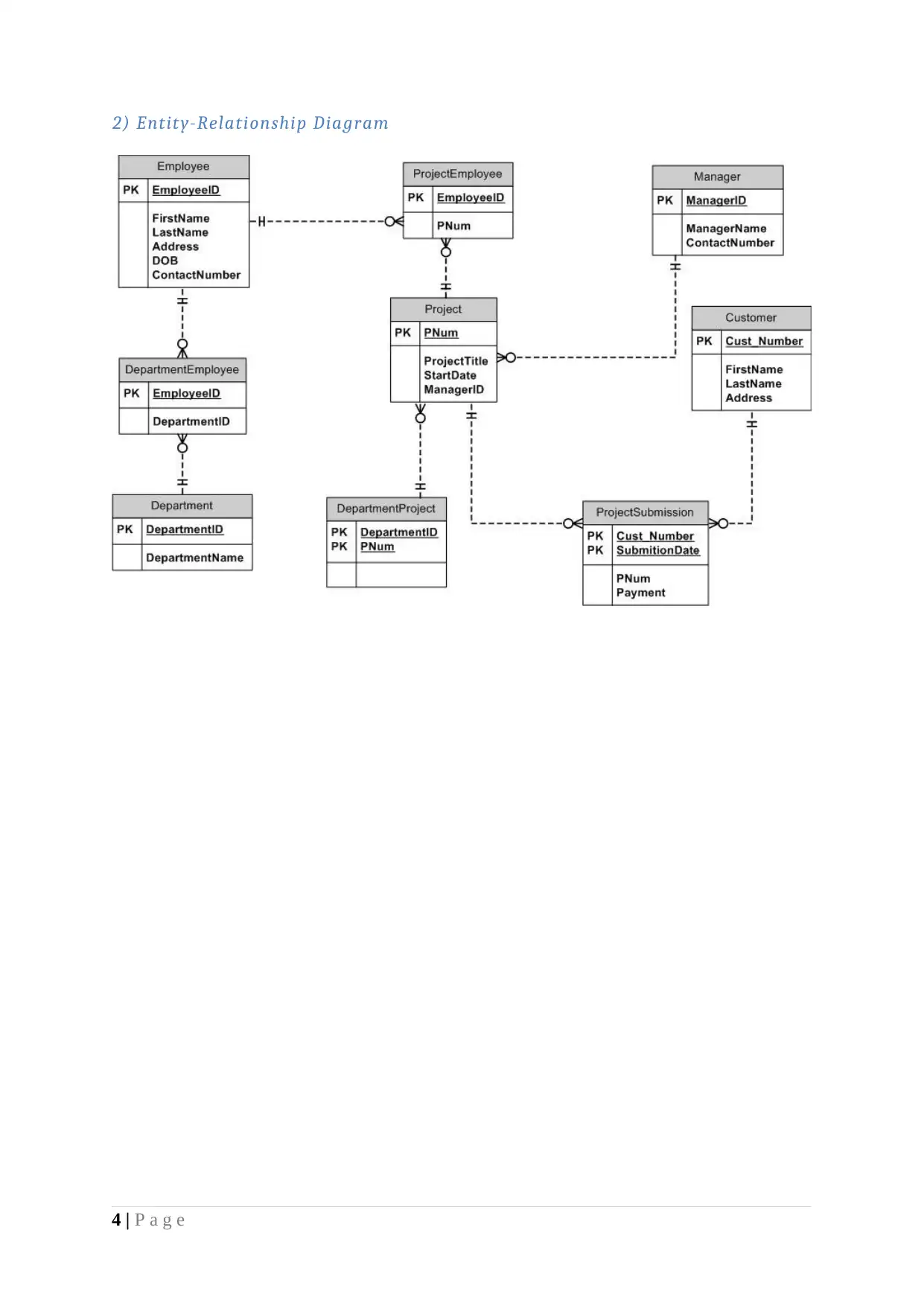
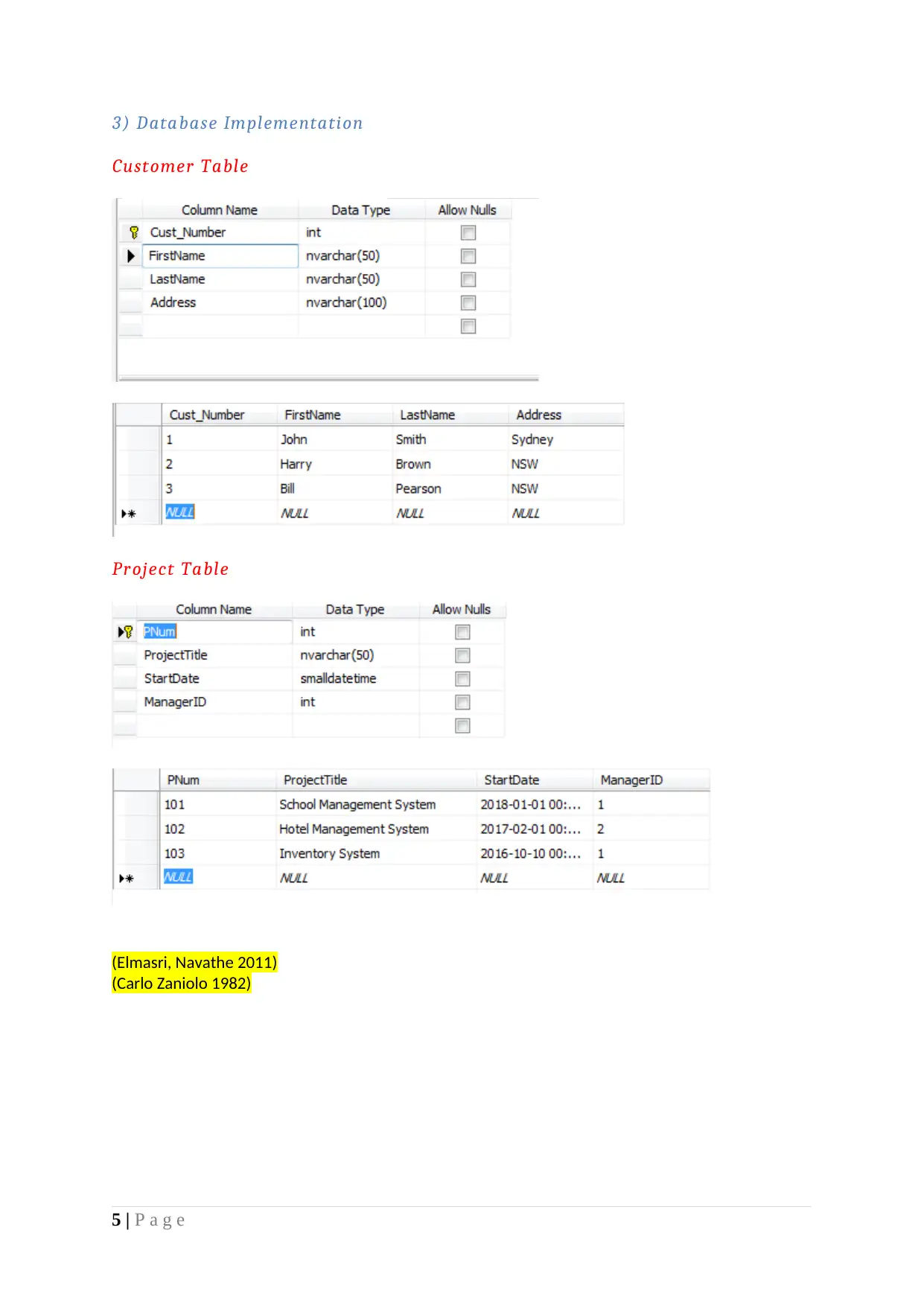


![[object Object]](/_next/static/media/star-bottom.7253800d.svg)